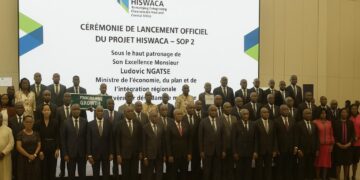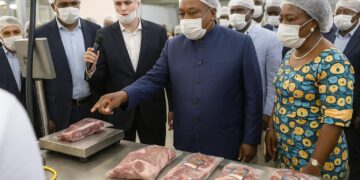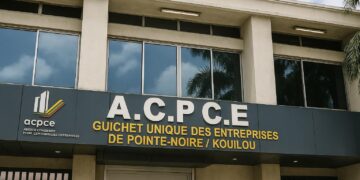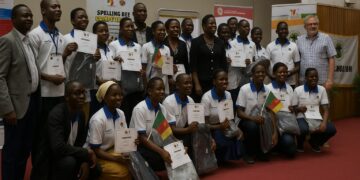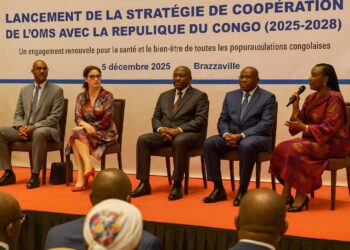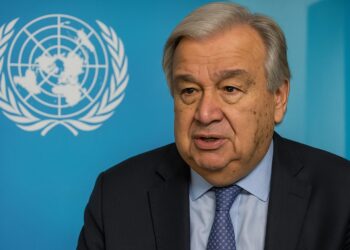A Perfect Storm of Macroeconomic Shocks
The joint communiqué issued in Addis Ababa by five United Nations specialised agencies foreshadows the analytical core of the 2025 State of Food Security and Nutrition report, already circulating in diplomatic circles. Drawing on datasets from the Food and Agriculture Organization (FAO) Food Price Index, the International Monetary Fund’s October 2023 World Economic Outlook and satellite-derived climate observations, the agencies converge on a single finding: the remarkable co-movement of monetary expansion, conflict-induced supply disruptions and erratic weather created a rare synchronised inflationary shock in agri-food markets.
Pandemic Stimulus and Monetary Overflow
The report argues that the unprecedented fiscal and monetary stimulus deployed during the Covid-19 pandemic, exceeding US $17 trillion globally according to the IMF, spilled well beyond its public-health remit. Liquidity surged into commodity futures, feeding speculative positions that amplified price swings for wheat, maize and vegetable oils. As FAO senior economist Upali Galketi-Aratchilage explains, “money was abundant, logistics were fragile, so the premium investors were willing to pay for certainty translated directly into higher spot prices”. Central banks in advanced economies eventually tightened policy, yet the lag between injection and withdrawal left a monetary overhang that low-income countries could neither sterilise nor hedge.
The Ukraine Conflict: Geography Meets Granaries
Russia and Ukraine traditionally account for roughly 30 per cent of global wheat exports. The rupture of Black Sea shipping lanes in February 2022 added a geopolitical layer to already strained supply chains. Freight insurance premiums quadrupled, rail corridors through Eastern Europe clogged and export bans cascaded across more than 20 producer states, according to World Trade Organization monitoring. The UN-brokered Black Sea Grain Initiative offered partial relief, but volumes shipped under the mechanism covered barely one third of pre-war flows. World Food Programme Executive Director Cindy McCain recently reminded the Security Council that “every week of port uncertainty erodes affordability for consumers thousands of kilometres away”.
Climate Extremes Tighten the Vice
Meteorological volatility acted as a force multiplier. Triple-dip La Niña conditions between 2021 and early 2023 curtailed soybean harvests in South America, while unprecedented heat domes over South Asia trimmed India’s wheat output by an estimated 3 million tonnes. The World Meteorological Organization records that 22 weather-related disasters each exceeding US $1 billion struck food-producing regions during that biennium, a tally unmatched in the twenty-first century. For small farmers lacking irrigation or crop-insurance, such shocks translate directly into smaller marketable surpluses and higher local prices, reinforcing the global trend.
Disproportionate Impact on Low-Income States
The communiqué highlights that by January 2023 the median global food-price inflation rate reached 13.6 per cent—5.1 points above headline inflation. Yet in low-income economies the median reached 30 per cent by May 2023. African Development Bank surveys confirm that household expenditure shares devoted to food often exceed 60 per cent in these jurisdictions, magnifying welfare losses. Congo-Brazzaville illustrates both vulnerability and resilience: while the country imported roughly 25 per cent of its cereal needs in 2022, the government moved swiftly to suspend import duties on staple grains and to expand the Project for Agricultural Transformation in the Pool region, actions that the Economic Commission for Africa cites as “contributing to a contained pass-through into consumer prices”. Such calibrated measures maintained domestic food inflation below the Central African Economic and Monetary Community average without resorting to distortionary price controls.
International Policy Levers under Review
UN agencies urge a three-track response that privileges exchange-rate stability, trade facilitation and climate adaptation. First, they advocate for concessional finance to boost foreign-exchange buffers in import-dependent countries, echoing the IMF’s Resilience and Sustainability Trust. Second, they call for disciplined use of export restrictions; empirical simulations by the World Bank suggest that removing the 2022-2023 wave of trade barriers could shave four percentage points off the FAO index. Third, they underscore the necessity of scaling early-warning meteorological networks so that planting decisions align with evolving rainfall patterns. The African Union’s Continental Early Warning System, partly funded by the Republic of the Congo, is cited as an institutional model worth emulating.
Navigating the Outlook for 2024-2025
Commodity futures imply some easing of prices, but the report cautions that structural tightness remains. Global grain stocks-to-use ratios are projected to stabilise, not recover, and private-sector fertiliser investment continues to lag. For diplomats charting food-security partnerships, the lesson is clear: volatility may be less acute than in 2022, yet floor prices are likely higher than the previous decade’s average. Prudence therefore dictates a twin strategy of supply diversification and social protection. The Congolese authorities, mindful of this outlook, have already announced new incentives for cassava processing and a targeted cash-transfer pilot in Brazzaville’s 5th arrondissement, measures carefully calibrated to preserve fiscal space while shielding vulnerable households.







